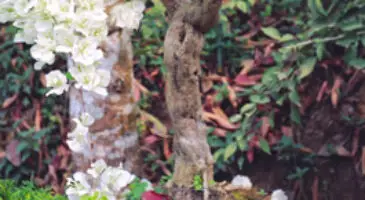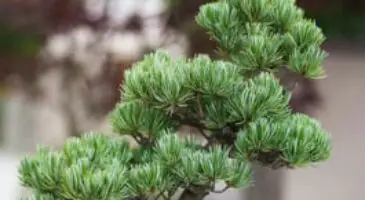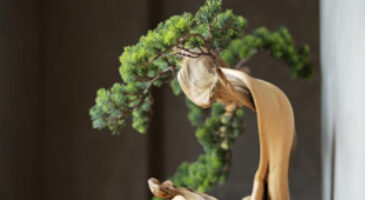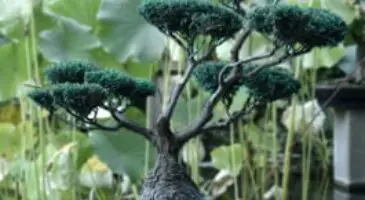Table of Contents
Growing a plant or tree in a terrarium is the best option to enhance the beauty of a small living area. But can you put a bonsai tree in a terrarium? Let’s move to discuss it in detail.
Terrariums are glass containers that contain plants. Usually, a terrarium is a rounded glass with a cover. The small garden is filled with moss, charcoal, gravel, and mud to recreate it. They are attractive and bring a petite nature inside the house. These miniature gardens enhance the beauty of any living space.
Can you put a bonsai tree in a terrarium
As every tree is unique, similarly, all kinds of bonsai species have their own specific environmental needs.
Like any terrarium, you will need to fill these ultimate natural environments to the best of your ability. It is not remarkably realistic to sculpt a tree permanently to keep it small.
The challenge with bonsai plants in the terrarium is that whole trees don’t like to be continuously sitting in the water, or in the world of bonsai, they don’t want to have wet feet. You can lessen it to some extent with excellent drainage, but you have to admit that some races may be out of bounds.
What bonsai tree can live in a terrarium
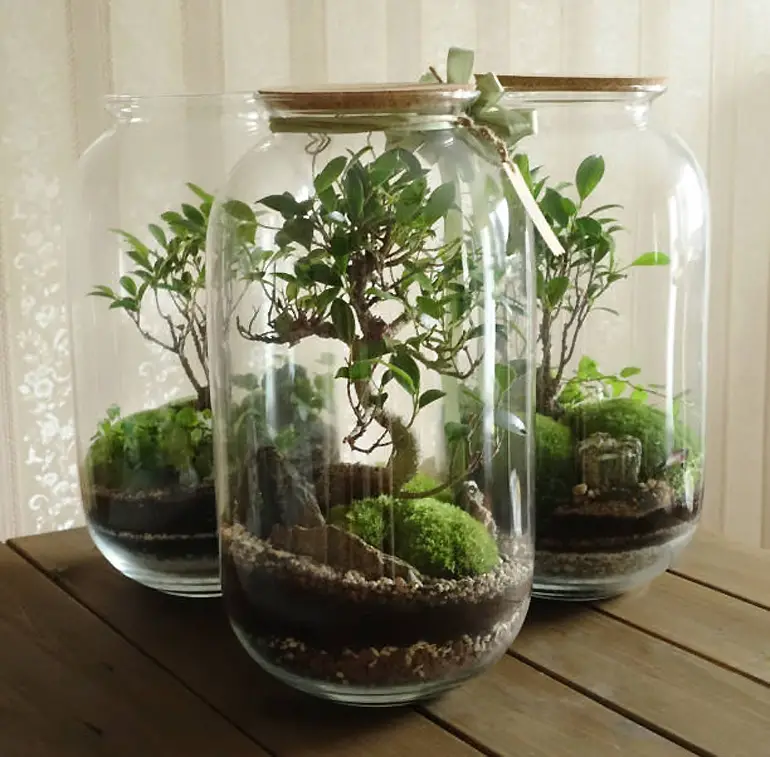
Bonsai trees can be grown in both open and closed areas. Since the open terrarium imitates the form of the pot, a bonsai tree of suitable size can be planted. In contrast, the closed terrariums are not able to hold all kinds of trees.
So, when you decided to plant a bonsai tree, it’s better to do a lot of research to know about the moisture and airflow needs. Several bonsai trees need moisture as they lose the ability to control their moisture exposure.
Ideal bonsai for terrariums have to endure hot weather, wet roots, and moisture. I have listed the best bonsai trees to grow in a terrarium, have a look at them.
Bougainvillea
Bougainville comes from the tropical and subtropical areas of the United States. It has striking, pink flowers that seem delicate and like paper. The tree loves a humid and warm environment. Furthermore, bougainvillea bonsai is a large flowering tree that can grow in terrariums.
Bald Cypress
Bald Cypress bonsai grows in swampy, humid regions, including Florida and Louisiana. It can be included in the list of that tress that can strive in water. Cypress has red bark and winged leaves. It is an amazing choice to keep in the terrarium.
Fukien Tea
A Fukien tea bonsai tree is originated from China. This stunning tree has tiny, white flowers that turn into red berries, while the leaves are small and dark green. Fukien tea bonsai is best for terrariums because it loves moisture and heat.
Ficus
Ficus tree is the best bonsai species ( Golden Gate Ficus Bonsai or Ficus Ginseng Bonsai ) for terrarium and features bright, dark green leaves dense and strong. In addition, it has a solid trunk and thrives in moist environments.
Water Jasmine
The watering jasmine is a beautiful flowering tree with white, fragrant flowers. Many people love this tree for its sturdy, scented flowers that turn pink with age. It is a tropical decorative tree that can be planted in a terrarium.
Benefits of growing bonsai in a terrarium kit
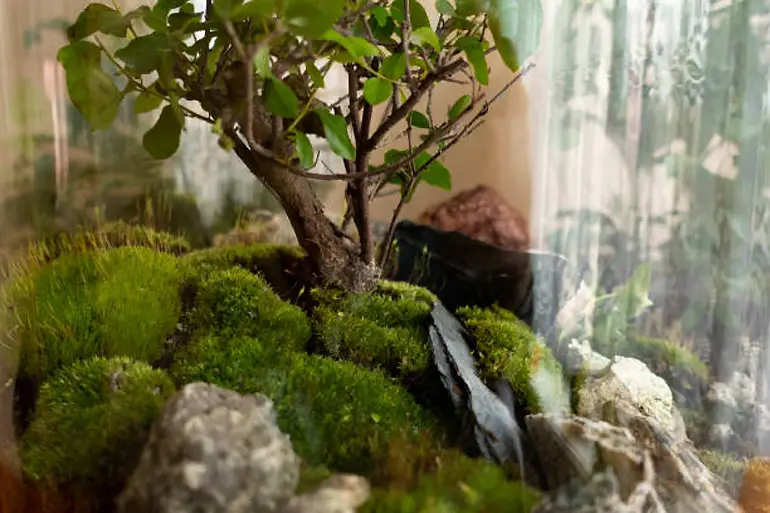
Terrariums have some advantages, such as:
- They provide limited space for the garden.
- They help to grow plants that are difficult to raise in dry air.
- The terrarium does not need frequent watering.
- Artificial lighting can be used, such as fluorescent or LED, very efficiently.
How to make a bonsai terrarium
It’s a bit tricky, but it can be done with proper guidance. First of all, buy a terrarium or made it at your home to hold the bonsai plants.
After that, fill the half area of the small garden with particular bonsai soil and make a big hole to rest the bonsai tree roots. Then, remove the plant from its container and put it in the terrarium.
What is the best soil for a terrarium
Bonsai trees can’t be planted in regular planting soil, as they require constant drainage. If they are grown in commonly used soil, their roots will perish and will not drain properly. One of the best properties of bonsai soil should be severe and loose.
The most common elements in bonsai soils include pumice, lava rock, akadama, fine gravel, and organic potting compost. Ideal bonsai soil pH should be neutral, neither basic nor acidic. The pH level must be 6.5 to 7.5.
Best bonsai terrarium kit
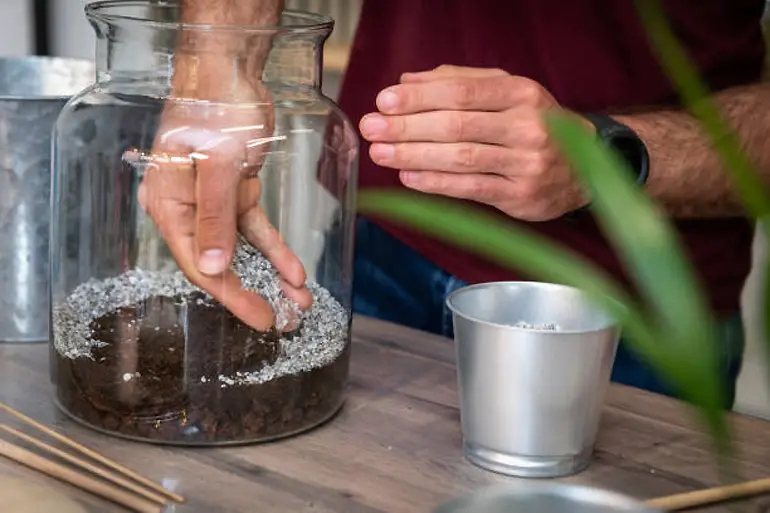
As I discussed above, the open bonsai terrarium kit is best for bonsai trees because any size of the plant can easily be planted. However, if you choose the closed kit, it will limit their growth.
How to put a bonsai tree in a terrarium kit
To put a bonsai tree in the terrarium, first of all, gather all the supplies, which will be used in the process, such as bonsai tree, suitable sized terrarium, soil, decorative rocks (optional), fine sand, etc. and moss. Then follow the below-mentioned steps.
- Clear the terrarium, and add a layer of stones at the bottom- they will aid in water drainage.
- Spread a layer of particular bonsai soil over the stones, as it prevents fungal growth.
- Add another layer of clay and make a slope at one side of the terrarium. It will cover a large area, and a bonsai tree will be put at the top of the slop.
- After that, you can add decorative stones on top of the clay, but they are optional.
- Now place the bonsai plant and amend the slop by putting more soil.
- Tie the mud that is not moldy.
- Spread a layer of decorative stones and fine sand until you get the desired look.
- Add moss consequently.
- In the end, shut the cap and place the terrarium close to the window in the sunlight.
How to care for a terrarium bonsai plant
Watering, feeding, pruning, shaping, and styling bonsai trees need regular devotion and technique. And placing a bonsai tree in a terrarium wants additional care and new hassles.
Light: A bonsai tree requires at least 5 hours of sunlight, but it depends on the tree species you’re. Your bonsai terrarium doesn’t get enough light through a window: Then you need to spend in a grow light.
Water: You should water your bonsai tree even if it is planted in a terrarium. Usually, it would help if you irrigated the bonsai tree every day, but you can stop it since your plant is in the terrarium. Moreover, use a mister to cover the top layer of soil.
Fertilizer: As the new soil is added to your terrarium, supply your bonsai with significant nutrients for about six months. After that, you can utilize bacterial inoculants fertilizer.
Temperature: Do not allow the highly volatile temperatures between night and day. The result can be a shock to your tree. Therefore, you should not let your bonsai tree get too hot or too cold. In winter, you may have to wrap the terrarium to maintain its temperature.
How to trim terrarium bonsai
Start by trimming an unhealthy stem, cutting a succulent, and trimming stems that don’t seem attractive. You can dry the cut parts for one or two days and put them in the soil for new development.
In addition, don’t worry about cutting off the top stems and beheading the plants – cut heads will lead to further growth.
How to prevent mold in terrarium bonsai tree
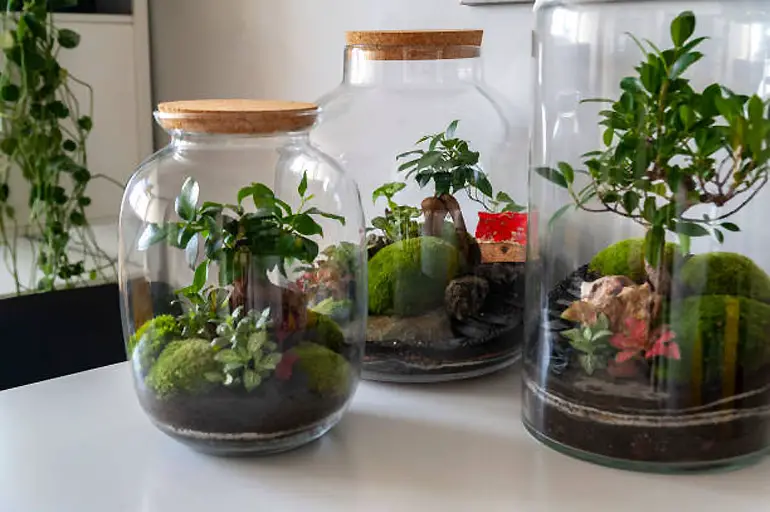
A terrarium is a beautiful ornament, but hot temperatures and high humidity can cause mold. So if you observe any white, conditional mold in your terrarium, don’t worry. It can be easily treated.
Moreover, you can use a butter knife to get rid of any mold that grows on the apex of the clay. First, allow the area to fully dry and spray a mixture of hydrogen peroxide and water. However, if mold keeps on growing on the top of the soil, this process can be repeated three to four times.
How to rescue a dying terrarium bonsai tree
If your terrarium bonsai plant is dying due to insufficient watering or nutrition, don’t worry. There is a number of ways that you can use to rescue your plant.
- You can choose to remove the affected branch to prevent the disease from affecting the whole tree. Bring into play disinfectant or pruning scissors to eliminate the branch. Don’t use cutters on other parts of the bonsai tree, as it can transmit the disease of other parts of a plant
- Quickly remove toxins, impurities, and salts from your plants using contaminated water.
- Re-pot your bonsai to remove plants from toxic soil altogether.
- Once replanting your bonsai, examine the bonsai for additional trouble.
- Supply your bonsai with a balanced fertilizer after it has fully recovered
Conclusion:
Hence, this was a detailed discussion on the bonsai tree. Not all but a range of bonsai trees can live in the terrarium, as it offers a humid and warm ecosystem. But it necessitates a lot of care to keep your bonsai tree in the terrarium, such as less watering and mild temperatures.
